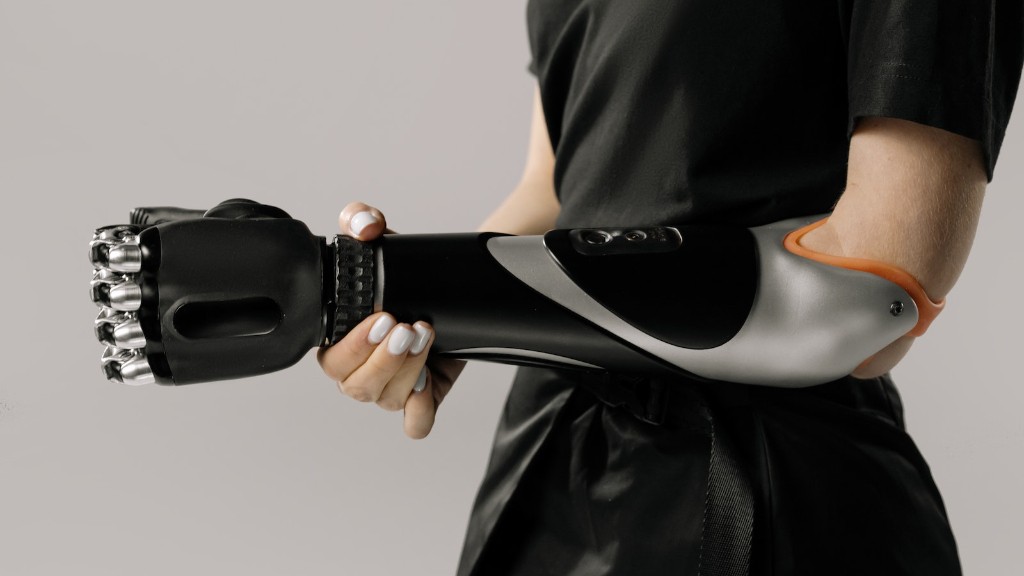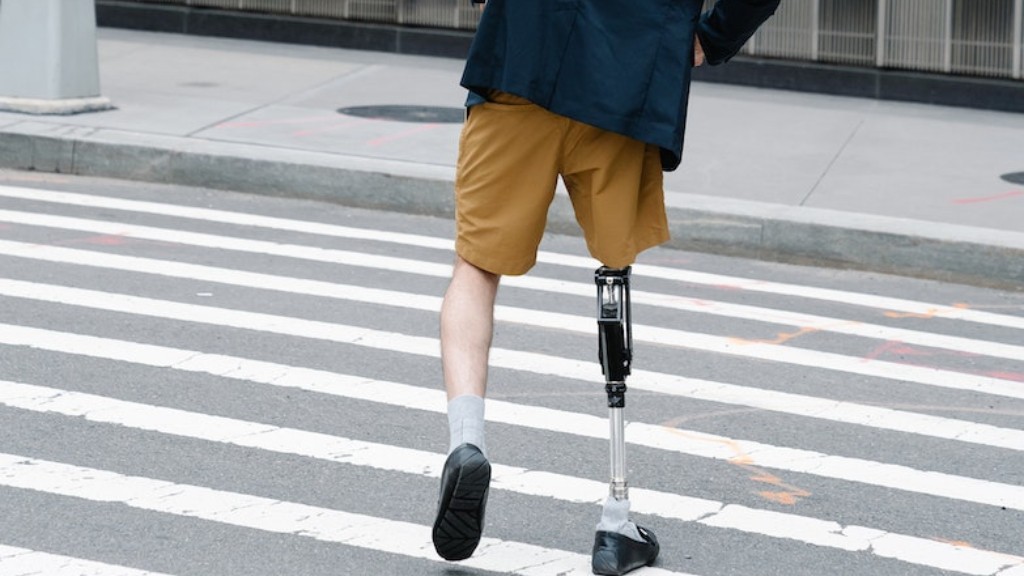Why are Prosthetic Sockets Made of Carbon Fiber?
Prosthetic sockets, the interface between the residual limb and the artificial limb, have seen significant advancements in recent years. One material that has gained particular attention in the field of prosthetics is carbon fiber. Carbon fiber prosthetic sockets offer a range of benefits, but there are also limitations and challenges associated with their use. In this article, we will explore the reasons behind the increasing popularity of carbon fiber prosthetic sockets.
The Advantages of Carbon Fiber Prosthetic Sockets
Carbon fiber, a material known for its high strength-to-weight ratio, has numerous advantages that make it a suitable choice for prosthetic sockets.
Lightweight and Durable
One of the key benefits of carbon fiber is its lightweight nature. Prosthetic sockets made from carbon fiber allow for a more comfortable and natural walking experience for patients. The reduced weight minimizes fatigue and allows for increased mobility. Furthermore, carbon fiber is highly durable and can withstand repetitive use and external forces better than traditional socket materials.
Customizability
Carbon fiber prosthetic sockets can be easily molded and customized to fit the shape and contour of an individual’s residual limb. This level of customization ensures better fit and improved comfort, leading to enhanced overall functionality and user satisfaction.
Stiffness and Energy Return
Another advantage of carbon fiber is its stiffness, which allows for efficient energy transfer during walking or running. This characteristic of carbon fiber prosthetic sockets can help amputees regain a more natural gait pattern, as it mimics the spring-like effect of the human ankle. With increased energy return, users of carbon fiber prosthetic sockets can experience reduced fatigue and an improved sense of stability.
Challenges and Limitations
While carbon fiber prosthetic sockets offer numerous benefits, there are also challenges and limitations associated with their use.
Cost
One of the major limitations is the high cost associated with carbon fiber prosthetic sockets. Compared to traditional socket materials, carbon fiber is more expensive to produce. This cost can be a significant barrier for many amputees, limiting their access to the latest prosthetic technology.
Manufacturing Complexity
Carbon fiber prosthetic sockets require specialized manufacturing techniques and equipment, which leads to complexity in the production process. This complexity can result in longer lead times and increased costs for prosthetic manufacturers.
Nonadjustable Fit
Unlike traditional socket materials, carbon fiber prosthetic sockets do not offer adjustability once they are fabricated. This lack of adjustability can be problematic for amputees who experience fluctuations in residual limb volume due to factors such as weight loss or gain, edema, or other health conditions.
The Future of Prosthetic Sockets
The use of carbon fiber in prosthetic sockets is constantly evolving, with ongoing research and development aimed at addressing the limitations and challenges identified. Integration of smart materials, such as sensors and microprocessors, into carbon fiber sockets has the potential to revolutionize the field of prosthetics. These advancements can allow for real-time monitoring of key factors, such as pressure distribution and gait analysis, leading to improved socket fit and performance.
Additionally, advancements in 3D printing technology have the potential to streamline the production process of carbon fiber prosthetic sockets, ultimately reducing costs and increasing accessibility. 3D printing allows for highly customizable and scalable production, making it easier to meet the diverse needs of different amputees.
Food for Thought
As we consider the advantages and limitations of carbon fiber prosthetic sockets, it is essential to remember that no single material or design can meet the needs of all amputees. While carbon fiber offers numerous benefits, it is crucial to continue exploring and innovating in the field of prosthetics to ensure that all amputees have access to high-quality, customizable, and affordable prosthetic sockets.
By combining the benefits of carbon fiber with advancements in materials science, manufacturing techniques, and accessibility, we can strive towards a future where amputees can regain their independence, mobility, and quality of life.



